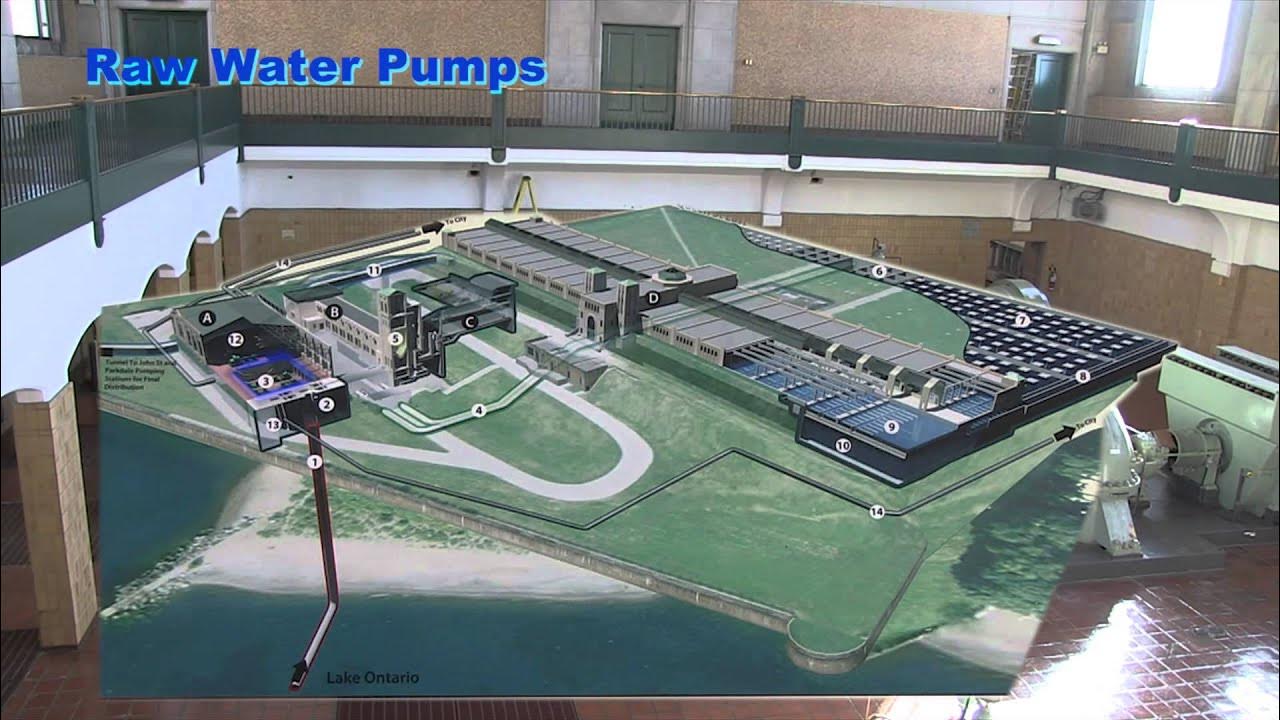Wastewater treatment
Summary
TLDRSydney Water, Australia's largest water and wastewater service provider, delivers world-class services to over 1.8 million homes and businesses. They remove 1.4 billion liters of wastewater daily, treating it through a network of 30 plants to protect rivers and beaches. With a commitment to customer-centric services, they recycle treated wastewater for various uses, ensuring environmental safety and contributing to agricultural sustainability through the reuse of bio solids.
Takeaways
- 🌍 Sydney Water is Australia's largest water and wastewater service provider, covering Greater Sydney, the Illawarra, and the Blue Mountains.
- 💧 They are known for supplying safe and refreshing drinking water and protecting the health of rivers and beaches, which are integral to Sydney's outdoor lifestyle.
- 🚰 Sydney Water removes 1.4 billion liters of wastewater daily from over 1.8 million homes and businesses through a vast network of pipes and pumps.
- 🌿 The wastewater is treated at water recycling plants, where it is either recycled or safely released into the environment.
- 🔬 The company operates under strict EPA licenses and is monitored for its impact on water quality and aquatic life.
- 🏖️ The EPA has rated 37 out of 38 Sydney ocean beaches as good or very good, indicating the effectiveness of Sydney Water's treatment processes.
- 🌱 Sydney Water operates 12 water recycling plants, treating wastewater to standards suitable for reuse in various applications.
- 🚰 Wastewater treatment involves three levels: primary, secondary, and tertiary, with each level further cleaning the water for different uses.
- 🛠️ Advanced treatment processes, such as reverse osmosis and disinfection with chlorine or ultraviolet light, are used to produce high-quality recycled water.
- 🌾 Bio solids, the nutrient-rich material from wastewater treatment, are officially used in agriculture, horticulture, and mining, reducing environmental impact.
- 🔴 Recycled water is delivered to customers through purple pipes to differentiate it from drinking water, ensuring safety and proper use.
Q & A
What is the primary role of Sydney Water?
-Sydney Water is Australia's largest water and wastewater service provider, responsible for delivering world-class water and wastewater services across Greater Sydney, the Illawarra, and the Blue Mountains.
Why is the quality of drinking water provided by Sydney Water considered safe and refreshing?
-Sydney Water is renowned for its safe and refreshing drinking water due to its rigorous treatment processes that ensure the protection of public health and the environment.
How does Sydney Water contribute to the health of rivers and beaches in the region?
-Sydney Water's wastewater network plays a crucial role in protecting the health of rivers and beaches by treating wastewater before releasing it safely into the environment, which is essential to the region's outdoor lifestyle.
What is the daily volume of wastewater that Sydney Water removes from homes and businesses?
-Sydney Water removes one point four billion litres of wastewater daily from over 1.8 million homes and businesses.
How does Sydney Water manage the wastewater treatment process for areas with hilly terrain?
-In areas with hilly terrain, Sydney Water uses pumping stations to lift the wastewater, allowing it to continue its journey to the wastewater treatment plant for processing.
What percentage of Sydney's wastewater is treated at the north head, Bondi, and Malabar wastewater treatment plants?
-About 80 percent of Sydney's wastewater is treated at the north head, Bondi, and Malabar wastewater treatment plants.
How does Sydney Water ensure the quality of water after treatment before it is discharged into the environment?
-Sydney Water operates under strict EPA licenses and follows the EPA's strict license conditions for treating wastewater before it is reused or discharged into rivers or oceans. The EPA also monitors the effect of these discharges on water quality and aquatic life.
What is the significance of the 'state of the beaches' report mentioned in the script?
-The 'state of the beaches' report is significant as it reflects the effectiveness of Sydney Water's treatment processes, with the EPA rating 37 out of 38 Sydney ocean beaches as good or very good.
How does Sydney Water utilize the bio solids produced from treating wastewater?
-Sydney Water officially uses 100% of the nutrient-rich bio solids, which are a source of phosphorous, nitrogen, and organic matter, in agriculture, horticulture, and mining, contributing to a reduced environmental footprint.
What is the purpose of the three levels of wastewater treatment mentioned in the script?
-The three levels of wastewater treatment—primary, secondary, and tertiary—are designed to progressively remove impurities from wastewater. Primary treatment removes solid particles, secondary treatment uses microorganisms to address suspended and dissolved materials, and tertiary treatment targets any remaining solids for removal.
How does Sydney Water differentiate recycled water from drinking water in the distribution system?
-Sydney Water delivers recycled water through purple pipes, making it easy for customers to distinguish between recycled water and the drinking water system.
Outlines

هذا القسم متوفر فقط للمشتركين. يرجى الترقية للوصول إلى هذه الميزة.
قم بالترقية الآنMindmap

هذا القسم متوفر فقط للمشتركين. يرجى الترقية للوصول إلى هذه الميزة.
قم بالترقية الآنKeywords

هذا القسم متوفر فقط للمشتركين. يرجى الترقية للوصول إلى هذه الميزة.
قم بالترقية الآنHighlights

هذا القسم متوفر فقط للمشتركين. يرجى الترقية للوصول إلى هذه الميزة.
قم بالترقية الآنTranscripts

هذا القسم متوفر فقط للمشتركين. يرجى الترقية للوصول إلى هذه الميزة.
قم بالترقية الآنتصفح المزيد من مقاطع الفيديو ذات الصلة

Chapter 1 Part 2

Macroalgae Bioremediation - A Fully Circular and Cost-Effective Solution to Treat Wastewater

How Chicago Cleans 1.4 Billion Gallons Of Wastewater Every Day | Deep Cleaned | Insider

Toronto Water Treatment

2 1 Classes To Interfaces

How the water you flush becomes the water you drink - Francis de los Reyes
5.0 / 5 (0 votes)
